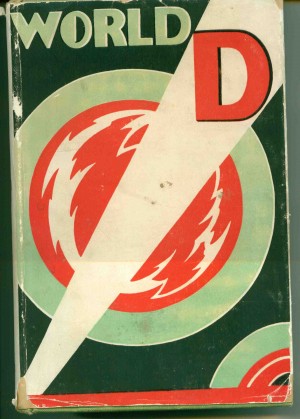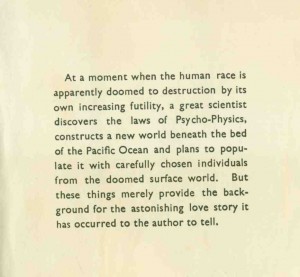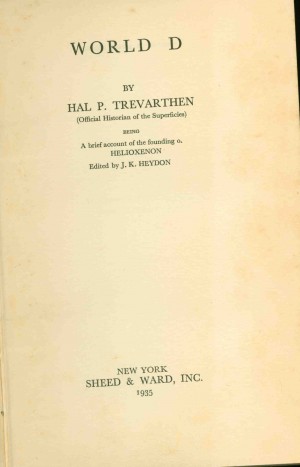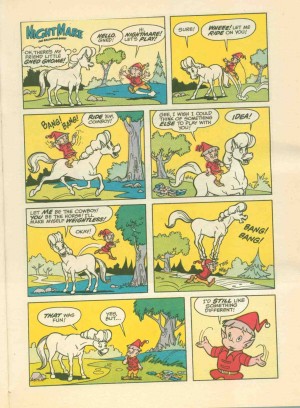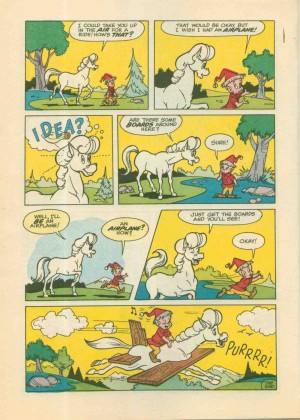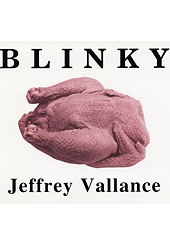Inventions
Animated Hitch Critters
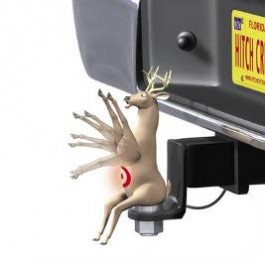
They also come in Bass, Dog, Duck, and Motorcycle-Riding Pig.
Posted By: Paul - Thu Oct 09, 2008 -
Comments (11)
Category: Animals, Business, Products, Cryptozoology, Inventions, Chindogu, Statues, Monuments and Memorials, Foreign Customs, Trucks
$500 Toilet Seat
Goodness! I thought $500 toilet seats were only available to the Armed Forces! But you can have one too, if you visit this site.
Posted By: Paul - Fri Oct 03, 2008 -
Comments (12)
Category: Business, Products, Hygiene, Body Fluids, Excrement, Inventions, Foreign Customs
Airbag for People
 A Japanese company has invented an airbag for people that deploys in the case of an accidental fall. It explains that it is designed particularly for elderly people with epilepsy, but of course it would also be very useful for drunks and klutzes.
A Japanese company has invented an airbag for people that deploys in the case of an accidental fall. It explains that it is designed particularly for elderly people with epilepsy, but of course it would also be very useful for drunks and klutzes. I imagine it could also be used for recreational purposes -- like the game of trust. Do you dare to fall backwards and trust that the airbag will deploy?
The BBC has video of the people's airbag in action.
Update: Oops, hadn't noticed that Chuck had already posted this in his "more things to worry about." We need an airbag to protect against accidental double-posting!
Posted By: Alex - Fri Sep 26, 2008 -
Comments (17)
Category: Inventions
Smelly Washer

Posted By: Paul - Tue Sep 23, 2008 -
Comments (7)
Category: Business, Products, Domestic, Hygiene, Inventions, Money
The Isetta
A car designed and built by a refrigerator company? Yes, that was the Isetta.
Posted By: Paul - Sun Sep 14, 2008 -
Comments (10)
Category: Business, Products, History, Inventions, Collectors, 1950s, Europe, Cars, Yesterday’s Tomorrows
World D
Here's another strange book I purchased but have not yet read. The real author is Joseph K. Heydon, using the pen-name of Hal Trevarthen. Time has swallowed up all details related to Heydon and his book, leaving us only with the text itself.Here's the description from the amazingly ugly dustjacket.
Here's the title page, followed by a sample of the actual bafflegab inside.
 Posted By: Paul - Thu Sep 11, 2008 -
Comments (11)
Posted By: Paul - Thu Sep 11, 2008 -
Comments (11) Category: Aliens, Eccentrics, Government, Inventions, Literature, Books, Science Fiction, Writers, Nature, New Age, Paranormal, Pop Culture, Science, Psychology, Self-help Schemes, Foreign Customs, 1930s, Yesterday’s Tomorrows
Robot Suit Enters Production
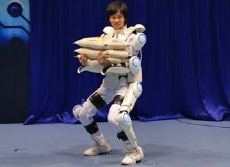
This unique method of operation means that a person can control Robot Suit HAL by his or her own will, even if he or she is unable to actually move. And as the suit detects the signal sent from the brain even before it gets to the muscle, it can move an instant before the muscle does.
a) They chose to name it Robot Suit HAL (as in HAL, from 2001: A Space Odyssey).
b) They chose to name their company Cyberdyne, Inc. (as in Cyberdyne from the Terminator movies.)
So I'm going to need a little more evidence before I'm convinced this isn't a joke.
Posted By: Alex - Wed Sep 10, 2008 -
Comments (3)
Category: Inventions, Technology
Harvey Comics
I loved reading Harvey Comics as a kid, and into "adulthood." (They're not published anymore, alas.) Their universe was quintessentially wacked and weird. As famed comics scribe Grant Morrison has remarked in an interview, sometimes the willed naivete of Silver Age writers following the Comics Code produced much stranger stuff than any consciously avant-garde writer could.
Take the two page strip to the right for instance, from an old digest-reprint of some Casper stuff. To parse it is to risk madness.
Is Nightmare indeed a mare, ie, female? if not, and even if so, is that the gayest hairdo ever, on horse or human? Why does a forest gnome like to hang out with a ghost horse? Why is playing human cowboys popular among the gnomes? Likewise riding an airplane. And finally, how demented does a ghost horse have to be, to stick planks up its butt and into its chest, and then purr like a cat, all in an effort to emulate a mechanical device so as to placate a gnome?
How I miss Harvey Comics! Thank goodness Dark Horse is reprinting some.....
Posted By: Paul - Tue Sep 09, 2008 -
Comments (15)
Category: Animals, Art, Comics, Pop Art, Surrealism, Body Modifications, Drugs, Entertainment, Flight, Games, History, Inventions, Pets, Writers, Cartoons, Hair Styling
Follies of the Mad Men #25

Let's watch A TOUCH OF MAGIC.
Posted By: Paul - Mon Sep 08, 2008 -
Comments (8)
Category: Business, Advertising, Products, Domestic, Marriage, Family, Husbands, Wives, Food, Futurism, History, Inventions, Movies, Pop Culture, Technology, Sex Symbols, 1960s, Dance, Cars, Yesterday’s Tomorrows
Giant Spider Roams Streets of Liverpool!
Posted By: Paul - Sun Sep 07, 2008 -
Comments (0)
Category: Aliens, Art, Performance Art, Entertainment, Horror, Inventions, Parades and Festivals, Pets, Technology, Toys, Foreign Customs, Science Fiction

| Who We Are |
|---|
| Alex Boese Alex is the creator and curator of the Museum of Hoaxes. He's also the author of various weird, non-fiction, science-themed books such as Elephants on Acid and Psychedelic Apes. Paul Di Filippo Paul has been paid to put weird ideas into fictional form for over thirty years, in his career as a noted science fiction writer. He has recently begun blogging on many curious topics with three fellow writers at The Inferior 4+1. Contact Us |


